Økern has a rich and varied natural and cultural history. From farmland in the 19th century to homes and marketplaces in the 20th century and a shopping centre with metro station since the 1970s. For many years, the area has been a central meeting point for many of Oslo’s residents, which also means that many feel a sense of ownership of the area and the various cultural monuments that exist.
From farming to industry
The name Økern comes from Øykrin or æykrin, which is composed of æykr (oak) and vina (meadow), which alludes to the area’s former oak forests. As early as the 19th century, Økern was one of Oslo’s largest and most important industrial areas. Workers flocked to the brickworks from across the city, and Økern established itself as an important hub with good opportunities for businesses.
The property where the old police station stood was separated from the farm, Økernly, in 1899. In 1936, the property was sold to businessman Trygve Rønning, who converted parts of the ground floor into business premises. First there was Økern’s first little post office, then hardware and paint shops, and finally Økern grocery store. In the 1960s, Økern became the city’s largest marketplace for fruit and vegetables.
In 1969, the high-rise block was completed and was Norway’s tallest commercial building, with the metro station integrated underneath. The Økernsenteret served many central functions, with a police station, bank, grocery store, bakery, jeweller, watchmaker, bookstore, educational institutions, and district administration. The centre was the cultural destination and “community centre” of its time.

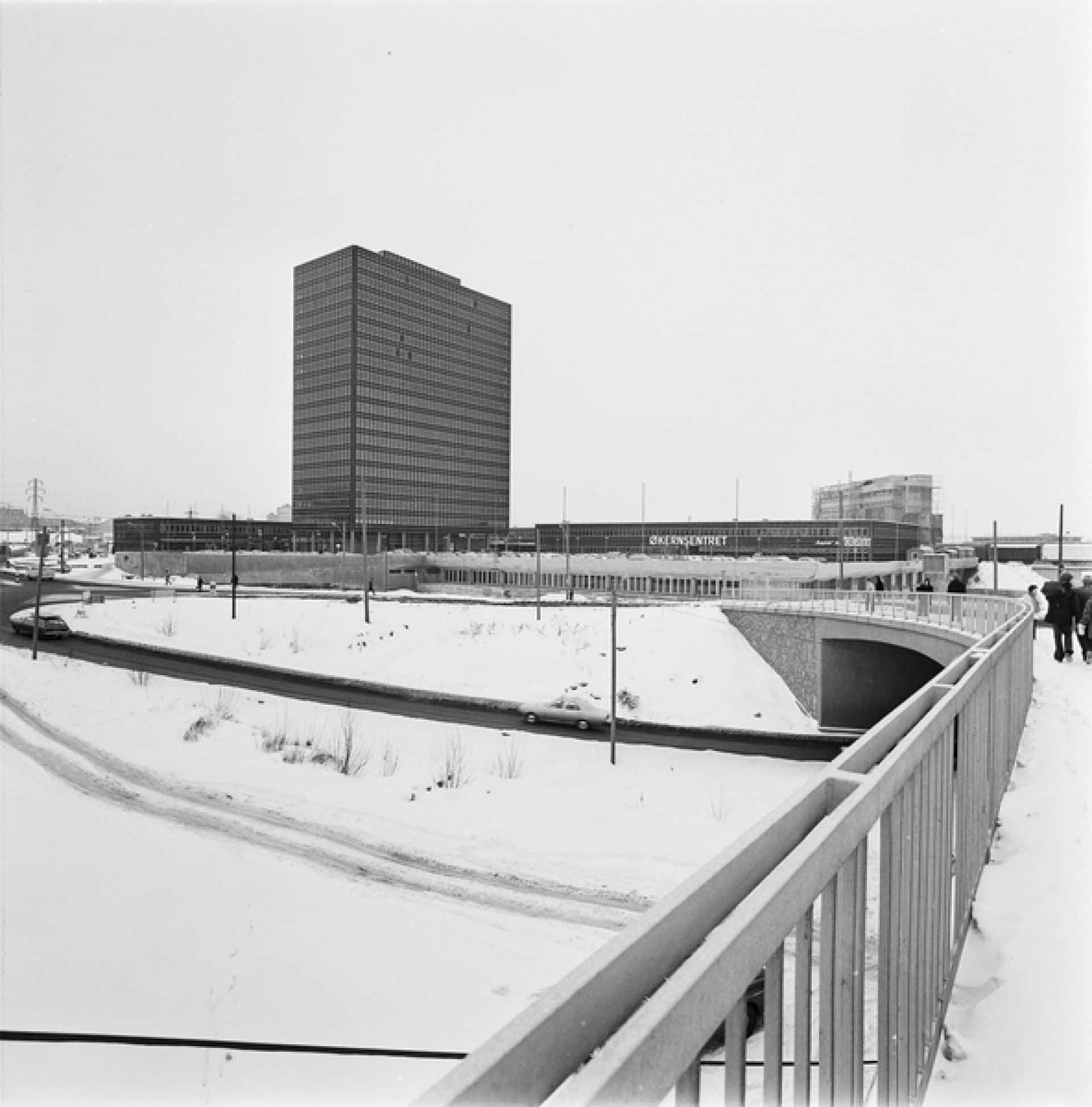
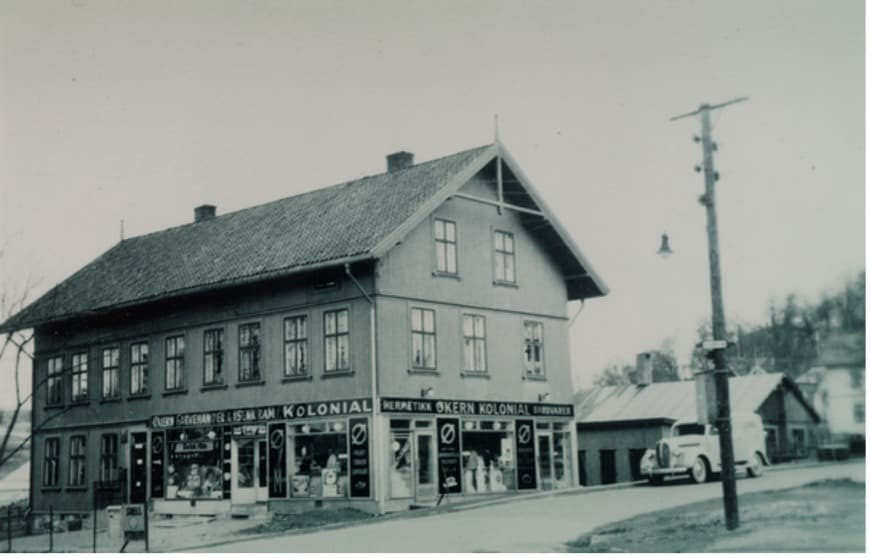
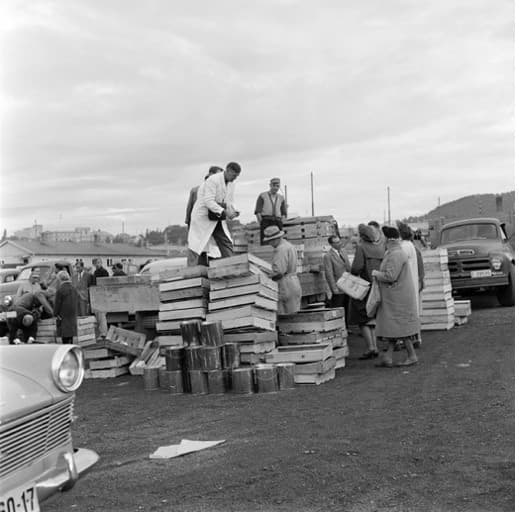
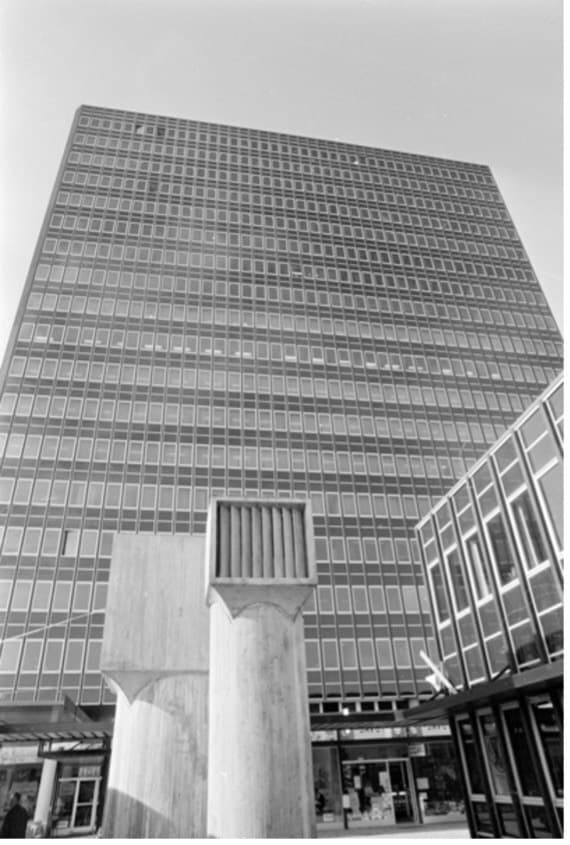
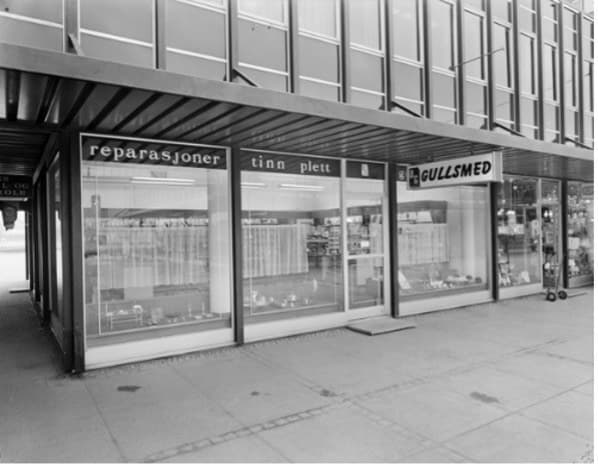
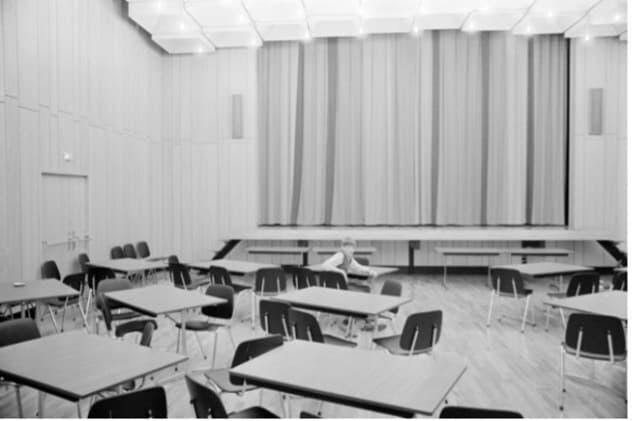
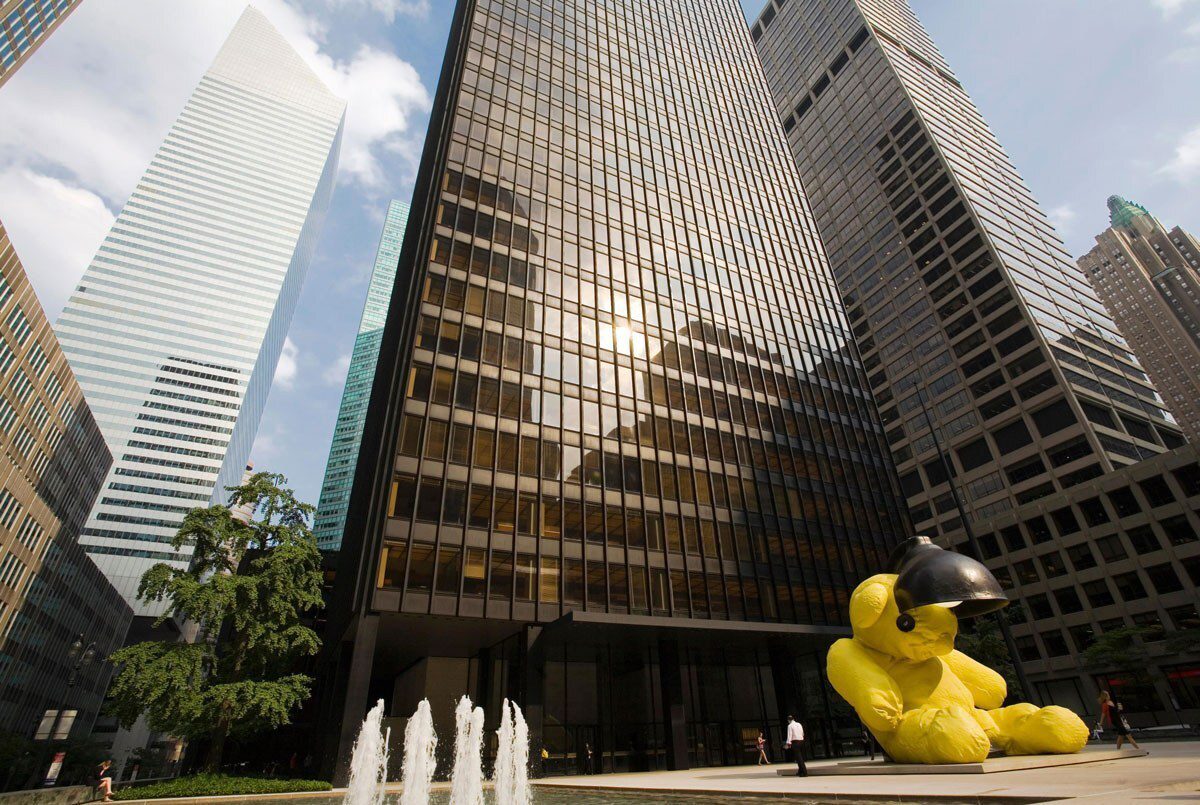

 Like us on Facebook
Like us on Facebook Follow us on LinkedIn
Follow us on LinkedIn Follow us on Instagram
Follow us on Instagram